Table of content
Guava, a tropical fruit celebrated for its sweet aroma, vibrant flavor, and impressive nutrient profile, is a staple in many cuisines worldwide. However, its delicate nature makes storage a critical factor in preserving its quality. Whether you’ve harvested guavas from your garden, purchased them in bulk, or received a surplus from a friend, understanding how to store this fruit properly can prevent waste and ensure you enjoy its benefits for longer. This comprehensive guide explores science-backed methods, practical tips, and creative solutions to extend guava’s shelf life while retaining its taste and nutritional value.
Understanding Guava’s Unique Characteristics
Before diving into storage techniques, it’s essential to grasp why guava requires special care. Native to Central America and widely cultivated in tropical and subtropical regions, guava (Psidium guajava) has a thin, edible skin that ranges from green to yellow or even pink, depending on the variety. Its flesh is soft, grainy, and packed with vitamin C, dietary fiber, and antioxidants. However, this very softness makes it prone to bruising, mold growth, and rapid ripening.
Guavas emit ethylene gas, a natural plant hormone that accelerates ripening. While this trait helps unripe fruits mature, it can lead to overripening if not managed. Additionally, guavas are highly perishable due to their high moisture content and susceptibility to microbial activity. A single bruise or improper storage condition can turn a perfectly ripe guava into a mushy, fermented mess within days.
Storage Basics: Key Factors Affecting Guava Longevity
To master guava storage, you must control four environmental factors:
- Temperature: Guavas thrive in cool but not cold conditions. Extreme heat speeds ripening, while freezing damages texture.
- Humidity: High humidity prevents dehydration but increases mold risk; low humidity causes shriveling.
- Airflow: Proper ventilation reduces moisture buildup and ethylene concentration.
- Ethylene Management: Isolating guavas from ethylene-producing fruits (e.g., bananas, apples) slows ripening.
Storage Methods: From Short-Term to Long-Term Solutions
Room Temperature Storage (Countertop or Pantry)
Best For: Unripe or slightly ripe guavas intended for immediate use.
How-To:
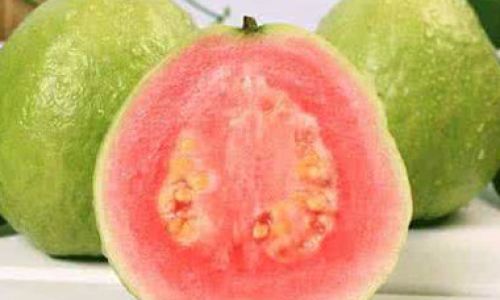
- Ripening Unripe Guavas: Place firm, green guavas in a paper bag with a banana or apple. Fold the top to trap ethylene, and check daily. Ripeness is achieved when the skin yields slightly to pressure and emits a floral scent.
- Storing Ripe Guavas: Once ripe, transfer guavas to a cool, dry spot away from direct sunlight. Use a perforated plastic bag or a mesh produce basket to maintain airflow.
- Lifespan: 2–3 days for ripe guavas; 4–5 days if unripe.
Pro Tip: Avoid stacking guavas to prevent bruising. Place them in a single layer on a clean towel.
Refrigeration
Best For: Slowing ripening and extending shelf life by 3–5 days.
How-To:
- Preparation: Gently wash guavas to remove dirt, then pat dry. Moisture accelerates spoilage.
- Packaging: Use a breathable container (e.g., a lidded plastic box with ventilation holes) or wrap loosely in a damp paper towel inside a perforated plastic bag.
- Placement: Store in the crisper drawer, away from ethylene-sensitive items like leafy greens.
- Lifespan: Up to 1 week for ripe guavas; 10–14 days for slightly underripe ones.
Avoid: Storing unripe guavas in the fridge, as cold temperatures may halt ripening entirely.
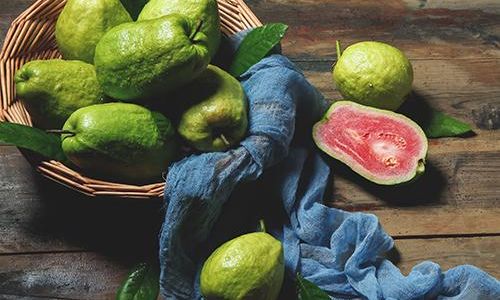
Freezing
Best For: Preserving guavas for 6–12 months (ideal for smoothies, jams, or baking).
How-To:
- Preparation:
- Option 1: Peel, slice, and remove seeds. Blanch slices in boiling water for 2 minutes to inactivate enzymes, then shock in ice water.
- Option 2: Freeze whole guavas (though texture may become mushy upon thawing).
- Packaging: Arrange slices on a baking sheet lined with parchment paper. Freeze until solid, then transfer to airtight freezer bags or containers. Squeeze out excess air to prevent freezer burn.
- Thawing: Use frozen guavas directly in recipes or thaw in the fridge overnight.
Pro Tip: Label bags with the date and variety (e.g., “pink guava”) for easy identification.
Drying
Best For: Creating chewy, shelf-stable snacks (lasts 6–12 months).
How-To:
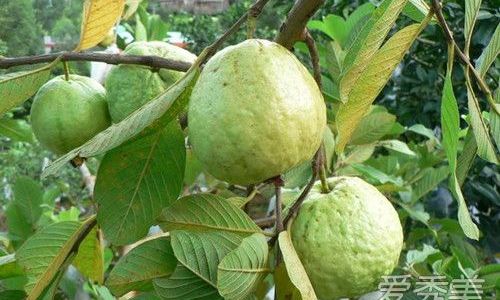
- Preparation: Slice guavas into ¼-inch rings. Remove seeds if desired.
- Methods:
- Oven Drying: Arrange slices on a baking sheet. Dry at 135°F (57°C) for 6–8 hours, flipping occasionally.
- Food Dehydrator: Follow the manufacturer’s instructions (typically 125°F/52°C for 8–10 hours).
- Storage: Keep dried guavas in airtight jars in a cool, dark place.
Variation: Sprinkle slices with sugar, cinnamon, or chili powder before drying for a flavorful twist.
Preserving in Syrup or Alcohol
Best For: Luxurious, long-term preservation (1–2 years).
How-To:
- Syrup Method:
- Sterilize jars by boiling for 10 minutes.
- Prepare a light syrup (1:1 sugar-to-water ratio).
- Pack whole or sliced guavas into jars, cover with syrup, and seal.
- Process in a water bath for 15 minutes.
- Alcohol Method:
- Fill a sterilized jar with guava slices and cover with vodka, rum, or brandy.
- Seal tightly and store in a dark cabinet. The alcohol will infuse with guava flavor over time.
Uses: Syrup-preserved guavas are perfect for desserts, while alcohol-infused guavas add tropical notes to cocktails.
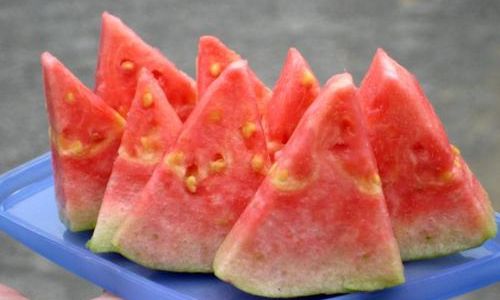
Creative Solutions: Repurposing Overripe Guavas
Even with careful storage, guavas may occasionally overripen. Instead of discarding them, try these ideas:
- Guava Jam/Jelly: Cook overripe guavas with sugar and pectin until thickened.
- Guava Leather: Purée flesh, spread on a dehydrator sheet, and dry into fruit rolls.
- Compost: Add inedible parts to your compost bin to enrich soil.
Common Mistakes to Avoid
- Storing Unripe Guavas in the Fridge: Cold temperatures halt ripening, leaving you with inedible fruit.
- Using Airtight Containers Without Ventilation: Trapped moisture accelerates mold growth.
- Ignoring Ethylene Sensitivity: Pairing guavas with ethylene producers like apples or tomatoes speeds spoilage.
- Washing Before Storage: Excess moisture promotes bacterial growth. Wash guavas just before use.
How to Tell if Guava Has Spoiled
- Texture: Mushy spots, wrinkled skin, or leakage indicate decay.
- Smell: A fermented or sour odor replaces the sweet, floral aroma.
- Mold: Fuzzy growth (usually white, gray, or green) is a clear sign of spoilage.
Safety Note: Discard guavas with visible mold, as mycotoxins can be harmful.
Conclusion: Enjoying Guava at Its Best
Guava’s ephemeral beauty demands mindful storage to savor its tropical charm. By balancing temperature, humidity, and airflow, you can extend its shelf life from days to months. Whether you prefer the simplicity of refrigeration, the longevity of freezing, or the artistry of preservation, each method offers a unique way to relish this nutrient-packed fruit. Experiment to find what suits your lifestyle, and remember—the key to guava perfection lies in understanding its delicate balance of fragility and flavor.
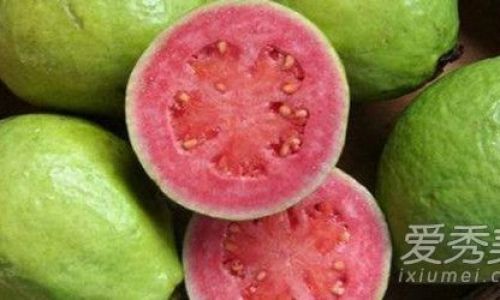
Final Tip: For avid guava lovers, consider investing in a vacuum sealer or a temperature-controlled fruit bowl to automate optimal storage conditions. With these tools and techniques, you’ll never let a single guava go to waste again.





0 comments